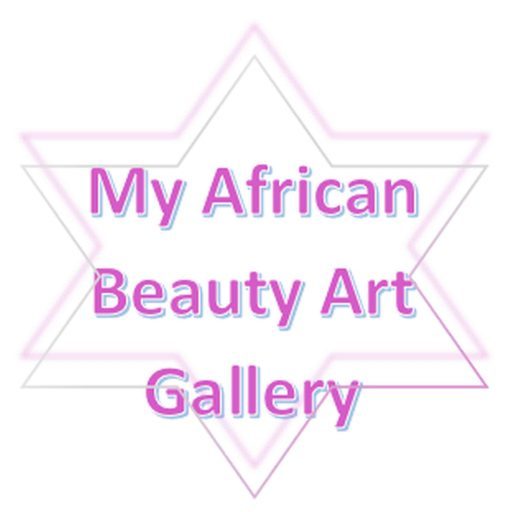Hemba TYPES OF ART The artistic style of the Hemba is very similar to that of the Luba, as many of their forms are borrowed. Art often results from the elaboration of otherwise simple utilitarian objects. Extensive wooden sculptures, which often represent the ancestors, predominate. HISTORY Near the end of the 16th century, the Hemba …
Continue reading Hemba
Tag:LUNDA
Kongo
Kongo TYPES OF ART The most prolific art form from this area is the nkisi objects, which come in all shapes, mediums, and sizes. The stratification of Kongo society resulted in much of the art being geared toward those of high status, and the nkisi figures were one of the only forms available to everyone. HISTORY The Kongo peoples …
Continue reading Kongo
Luluwa
LULUWA TYPES OF ART Luluwa are known for their sculpted statues marked by intricate scarification patterns and their finely carved utilitarian objects, including hemp pipes. They also carve several mask types used in initiation. HISTORY The Luluwa are closely related to the Luba Kasai and migrated along with them in the 18th century following an …
Continue reading Luluwa
Lunda
LUNDA TYPES OF ART Although it is impossible to isolate specific examples of Lunda art, their political activity in the region and their patronage of artists living in neighboring ethnic groups influenced the artistic styles found throughout the region. It is believed that all objects historically linked to the Lunda were originally carved by neighbors, …
Continue reading Lunda
Zande
The word azande means “the people who possess much land.” This relates to their history as conquering warriors. The Zande migrated during the 18th century from Sudan to the northern part of the Democratic Republic of the Congo, settling on the banks of the Uele River. They live also in the Central African Republic and the Sudan. …
Continue reading Zande
